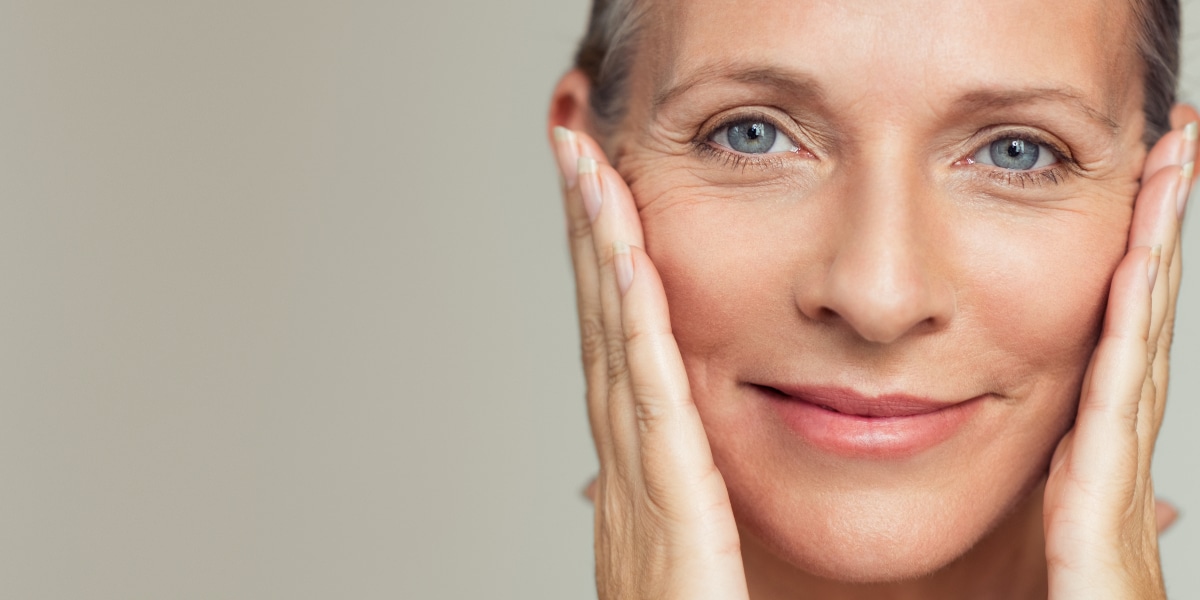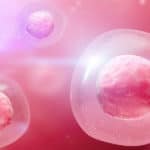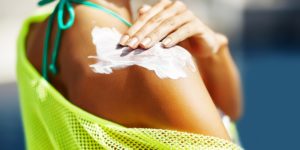A Guide to Red Light Therapy for Skin Conditions
Our skin goes through so much in our lifetimes. Cuts, scrapes, acne, and wrinkles will affect all of us at some point, and resolving these concerns can be a constant uphill battle with expensive supplements, injections, and antibiotics to creams and ointments filled with empty promises and potential harmful side effects.
Red light therapy is an emerging treatment for a variety of skin afflictions from wounds, burns, and scars to acne and wrinkles. There are minimal to no side effects of using an FDA-registered red light therapy device. Keep reading to see how red light works to help you get that youthful glow.
How Red Light Therapy Helps Your Skin
Red light therapy does two things to help improve skin quality and tone: increase circulation and stimulate the body’s production of collagen, elastin, and fibroblasts. Increased circulation helps deliver oxygen and nutrients to your skin, as well as aiding in the removal of waste products and dead cell material.
Collagen, elastin, and fibroblasts are all important parts of the connective tissues in our bodies, especially in the skin. Collagen and elastin are proteins that make up the extracellular matrix, which is the support system around our cells that helps provide structure and nutrients. Fibroblasts are the kind of cells that synthesize, or create, collagen and elastin. Elastin is important for, you may have guessed, elasticity of the skin and other connective tissues. Collagen makes up the majority of the extracellular matrix, so it’s important for structure and varying degrees of firmness in the skin, tendons, muscles, and bones.
When red light therapy is administered in certain wavelengths, circulation and production of these cellular materials increases and produces a variety of results from reduced swelling and muscle soreness to improved skin quality and faster wound healing.
One of the most important factors of red light therapy and other types of photobiomodulation is that it can be used in combination with almost any other type of treatment, and it is effective for all body types and skin tones.
Skin Conditions Improved by RLT
Red light therapy is used to treat a variety of skin afflictions and is used by dermatologists and wellness spas to help reduce the appearance of wrinkles, treat mild to moderate acne, and speed up the healing of wounds such as burns.
Wrinkles
As we mentioned before, collagen is a proponent of the structure and elasticity in connective tissue. In fact, this makes collagen is the most abundant protein in mammals, and it comprises between 25% to 35% of a mammal’s whole-body protein content. Our bodies produce collagen naturally, but production slows as we age. Lower collagen production is what causes wrinkles in the skin, and why treatments like collagen injections are common to help reduce the look of fine lines and wrinkles.
Red light therapy boosts collagen production and has been shown to improve the appearance of wrinkles. Red light therapy not only increases production, but it also helps protect existing collagen, allowing skin to regain and maintain its elasticity.
Acne
Another common application of red light therapy is as a supplemental treatment for acne. Red light therapy helps reduce swelling and painful inflammation, so when it’s used over an area affected by acne, it helps to drastically improve the redness and swelling. Red light therapy can also penetrate deeper into the body than other types of light, meaning it can repair deep skin tissue. Red light has been shown to reduce sebum production, which is also important to resolving acne.
Red light in combination with blue light therapy, which has a proven antimicrobial effect, is a highly effective treatment for acne as both therapies compliment each other.
Wound Healing
Red light therapy promotes tissue repair through increased fibroblast and collagen production and reduces inflammation, which makes it optimal for treating wounds. With regular red light therapy sessions, wounds like burns and surgical incisions heal faster.
Additionally, red light therapy has been shown to reduce and repair scar tissue. Acne scarring as well as keloids and hypertrophic scars can be reduced through regular red light therapy sessions. Skin treated with red light therapy for scarring was found to have repressed expression of genes such as TGD-ß1 and others, which are associated with scarring.
Importance of Wavelength
The red light generated from therapy devices is set to specific wavelengths that have been clinically determined to produce phototherapy effects. There are several optimal wavelengths of red light that produce healing results, and for skin afflictions the range is at or around 635nm. Longer wavelengths are generally better for treatment below the skin. Devices with the correct wavelengths will yield results, but there would be no results from incorrect wavelengths or incorrect usage of a red light device.
This is important as there are many devices that haven’t been properly tested or have been altered from another purpose that are touting the same benefits. Beware of tanning beds with UV bulbs switched out for red bulbs and products that haven’t been registered with the FDA.
True red light therapy is safe and effective with no side effects. TheraLight light beds deliver complete full body photobiomodulation through red and near-infrared light and are medical devices registered with the FDA. If you’re interested in started red light therapy sessions to improve your skin, click the link below to find a TheraLight Provider near you.







